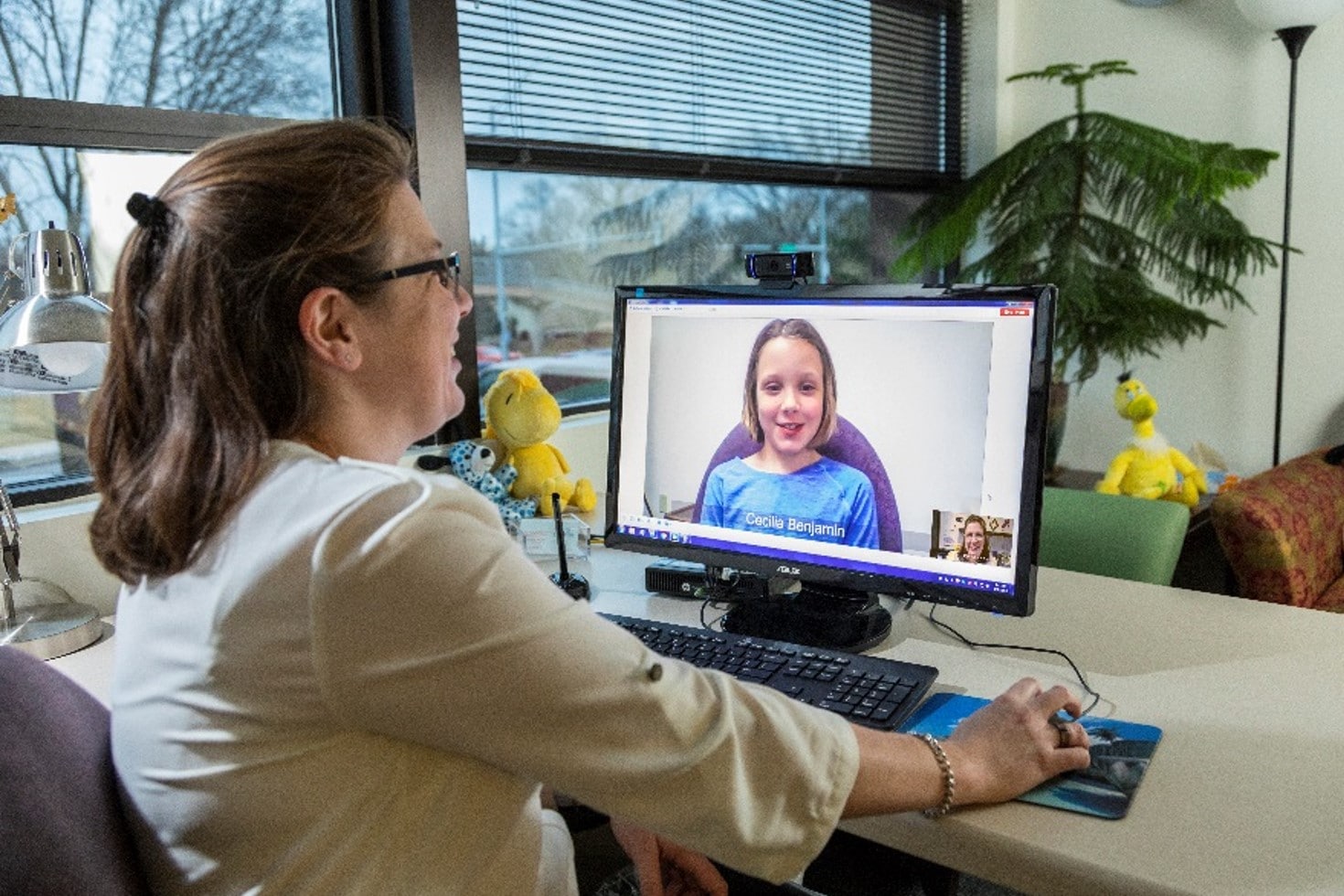It’s a Marathon Not a Sprint: Choosing a Telehealth Partner to Help you Win the Race Against COVID-19 and Beyond
In lockstep with the nation and stakeholders across the globe, the healthcare industry is in a race against the virus called COVID-19. As cases continue to soar, medical professionals are struggling to keep up. We’ve seen telehealth emerge as a strong partner in the struggle, helping to ease the burden on traditional care settings while keeping providers and patients safe by facilitating virtual medical care and treatment.
As telehealth proves its value, hospitals and other healthcare organizations that did not have an existing virtual care offering are now scrambling to get one up and running. With good intentions, we’re seeing some organizations move to implement the lowest-cost and easiest-to-implement platform they can find, including free — and non-HIPAA-compliant — web-based videoconferencing tools.
These tools became an option for health systems and other providers when the U.S. Department of Health and Human Services announced in March that it would exercise enforcement discretion for healthcare providers who violated HIPAA while using non-compliant platforms in good faith during the ongoing public health emergency. While this unprecedented step was effective in rapidly expanding access to virtual care, it has also created some hazards for healthcare providers and patients who are experiencing telehealth for the first time.
As we anticipate telehealth usage to remain high even after COVID-19 ceases, it’s important that organizations think about their long-term telehealth strategies when implementing new solutions in the short term. Here are some reasons why a quick fix may not be the best approach.
Safety and Security
Though regulatory security requirements around HIPAA have been relaxed during this public health emergency, patient privacy and other safety measures are still critical. By choosing a platform that is not HIPAA-compliant or HITRUST-certified, healthcare organizations run the risk that it will not be compliant when this emergency is over and HIPAA regulations are reinstated.
Perhaps even more concerning is the risk that patient visits themselves will not be safe and secure. For example, non-compliant platforms create the possibility that another individual could accidentally join the visit unannounced, or that a patient records the visit. Free platforms also can serve up ads, so patients could be receiving advertisements during a medical visit. Furthermore, some options expose provider contact information to patients. Bottom line: Although some regulations have been relaxed, organizations shouldn’t compromise on safety and security.
Community Support
It’s true that many web-based video platforms enable providers to connect with their patients online and perform scheduled visits, but that’s where the capabilities often end. While this may seem sufficient to some healthcare organizations right now, having an enterprise-wide telehealth urgent care offering allows health systems to provide access to their broader community during the public health emergency, and not just to existing patients. At a time when we all need to be working together to support patients and communities, this should be an important consideration.
Provider Support
The support that a more sophisticated telehealth platform offers is especially necessary during times when medical professionals are already feeling the strain. Capabilities including co-pay collection, insurance support, provider training, visit summaries automatically sent to patents, a dashboard providing a view into a provider’s virtual waiting room, and more, all help to make a provider’s job just a little bit easier. Web-based platforms tend to lack sophisticated integrations with EHR systems like Epic, and other services like Surescripts or labs, so providers still have to manually input the necessary information or write a prescription after a visit, again adding more work.
We’re facing times of great uncertainty and we’re all moving as fast as we can to outpace a virus that doesn’t seem to be slowing down. However, we’re running a marathon, not a sprint. In addition to the virus sticking around for longer than expected, there’s no doubt that once we’re on the other side of this pandemic, COVID-19 will have a long-lasting impact on our healthcare system. In fact, it’s safe to say the system will never be the same, including the ways in which patients interact with their doctors.
As patients and providers get comfortable using telehealth for their medical needs, it’s important we not lose sight of the importance of privacy, security, and scalability. As difficult as it may be to think beyond COVID-19, when it comes to telehealth a long-term approach will pay dividends.


